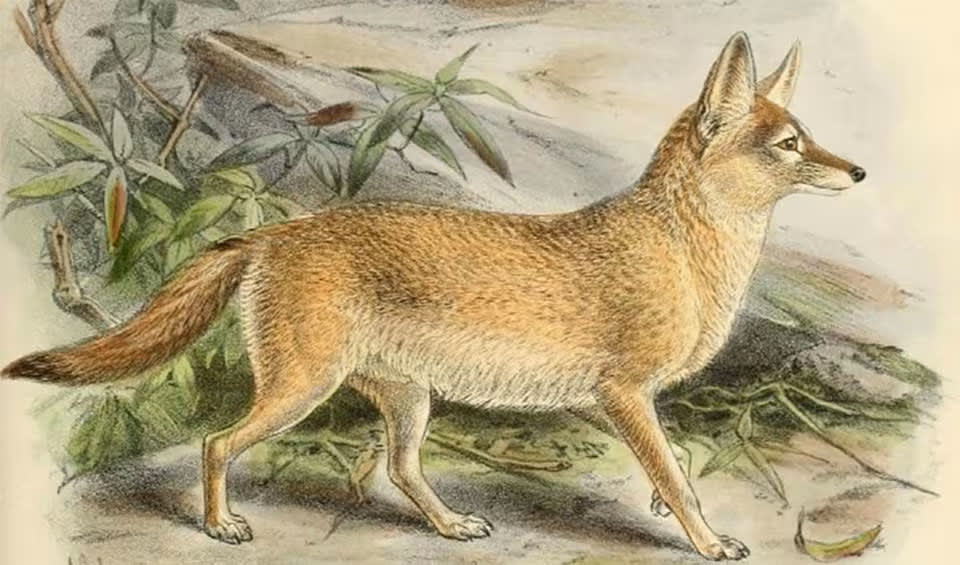A remarkable and unique inhabitant of Africa’s deserts and grasslands, boasting a distinctive appearance characterized by its creamy white fur, contrasting black ears, and bushy tail. Despite its diminutive size, comparable to that of a domestic cat, the Pale fox possesses a range of remarkable adaptations that enable it to thrive in its challenging desert habitat.
One of the most notable features of the Pale fox is its disproportionately large ears, which play a crucial role in its survival. These oversized auditory organs serve to enhance the fox’s ability to detect the faintest sounds of small prey, such as insects and rodents, allowing it to locate potential food sources with remarkable precision. Additionally, the Pale fox’s keen sense of hearing aids in detecting the approach of predators, providing valuable early warning signals that help it evade danger.
In addition to its acute sense of hearing, the Pale fox exhibits impressive agility and athleticism, enabling it to navigate its environment with ease. Capable runners, Pale foxes can reach impressive speeds when pursuing prey or evading predators. Furthermore, their adept climbing skills allow them to ascend trees and traverse branches with agility, providing them with additional avenues for hunting and escaping danger.
The Pale fox’s talents extend beyond hunting and evasion to include proficient digging abilities. These foxes are skilled excavators capable of creating intricate underground dens that serve as shelter from predators and harsh environmental conditions. These dens provide a safe refuge where Pale foxes can rest, rear their young, and seek respite from the heat of the desert sun.
Distribution
 Benin
Benin Burkina Faso
Burkina Faso Cameroon
Cameroon Chad
Chad Eritrea
Eritrea Ethiopia
Ethiopia Gambia
Gambia Guinea
Guinea Mali
Mali Mauritania
Mauritania Niger
Niger Nigeria
Nigeria Senegal
Senegal South Sudan
South Sudan Sudan
SudanAnything we've missed?
Help us improve this page by suggesting edits. Glory never dies!
Suggest an editGet to know me
Terrestrial / Aquatic
Altricial / Precocial
Polygamous / Monogamous
Dimorphic (size) / Monomorphic
Active: Diurnal / Nocturnal
Social behavior: Solitary / Pack / Herd
Diet: Carnivore / Herbivore / Omnivore / Piscivorous / Insectivore
Migratory: Yes / No
Domesticated: Yes / No
Dangerous: Yes / No




